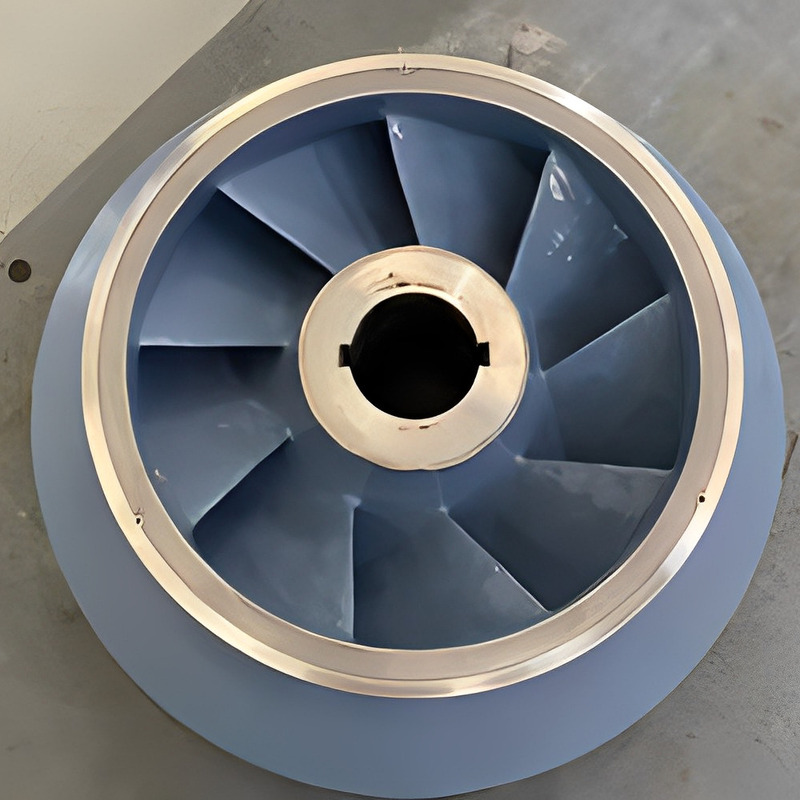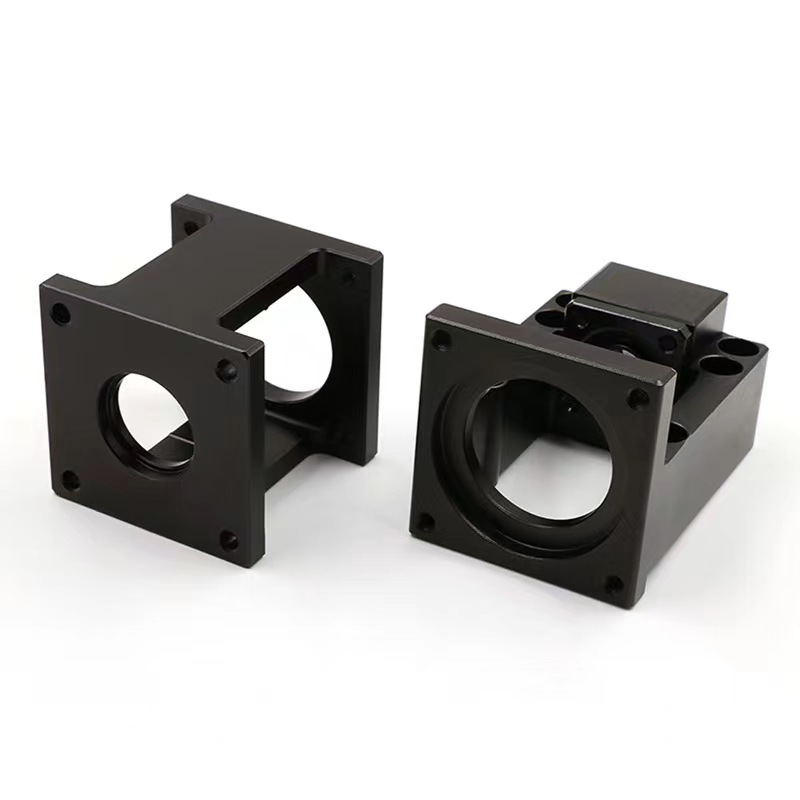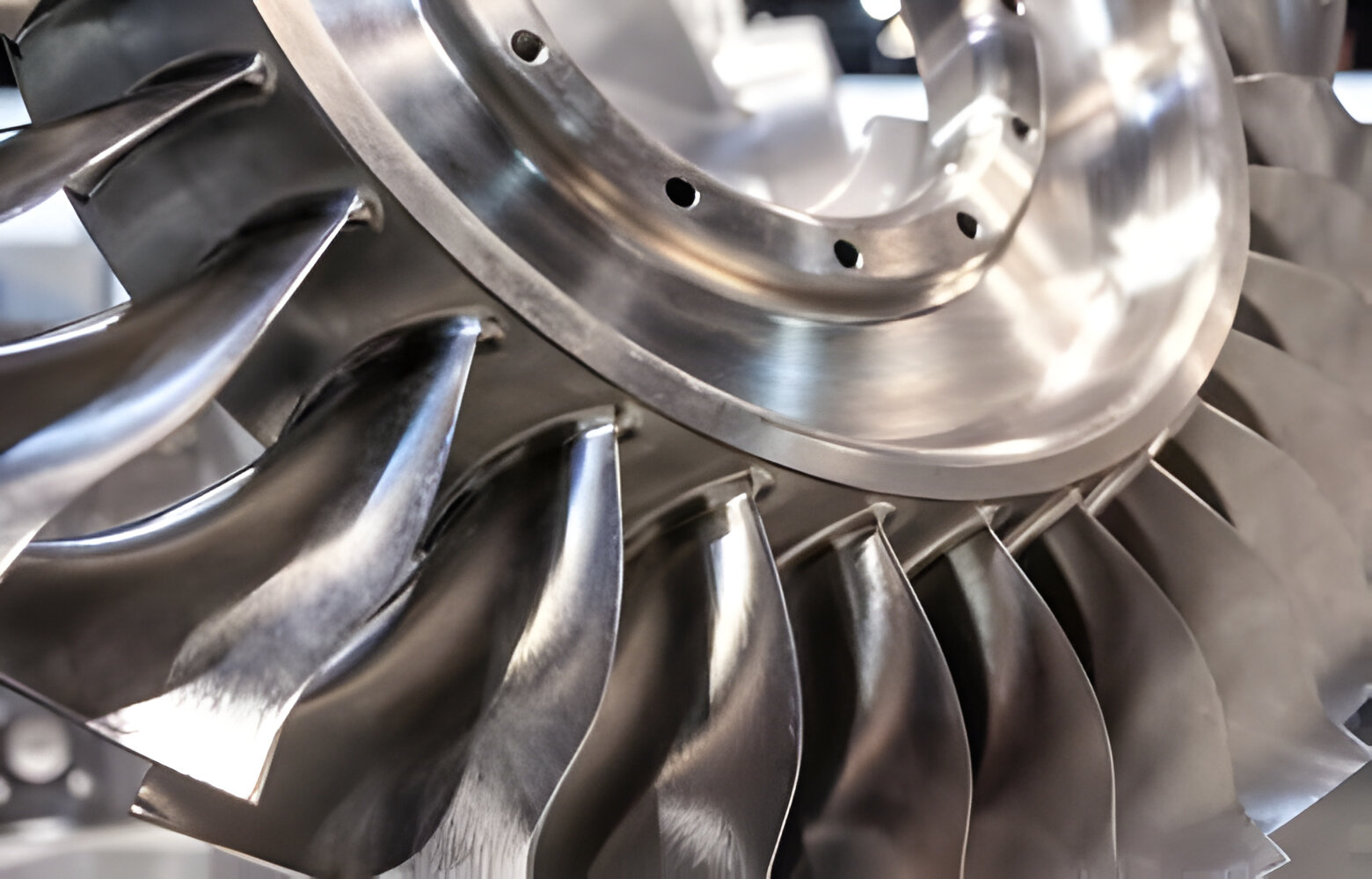Understanding Elevator Counterweights
Elevators have revolutionized vertical transportation, making high-rise buildings accessible and efficient. At the heart of every elevator system lies a meticulously designed mechanism comprising an elevator cage and a counterweight. While the elevator cage carries passengers or goods upward or downward, the counterweight serves a crucial role in balancing the load, ensuring smooth operation, and conserving energy.
Efficiency Through Counterbalance
A counterweight elevator operates on the principle of counterbalance. As the elevator cage ascends, the counterweight descends, and vice versa. This counterbalancing effect minimizes the energy required to move the elevator car, making the system more energy-efficient. Elevator counterweights are meticulously calibrated to offset the weight of the cage and its occupants or cargo, allowing for smooth and economical operation.
The Role of Elevator Counterweights
Elevator counterweights play a pivotal role in ensuring the safety and efficiency of vertical transportation systems. By counterbalancing the weight of the elevator cage, they reduce the strain on the motor and drive system, prolonging their lifespan and reducing maintenance costs. Additionally, counterweights contribute to the stability of the elevator car, preventing excessive swaying or oscillation during operation.
Optimizing Elevator Balance
Achieving optimal elevator balance requires precise engineering and calibration of counterweights. Elevator counterweights are carefully selected and adjusted to match the weight of the elevator cage and its typical load. Factors such as passenger capacity, cargo weight, and building height are taken into account to ensure that the counterweight system operates efficiently under varying conditions.
The Evolution of Elevator Counterweights
Over the years, advancements in materials and technology have led to innovations in elevator counterweights. Traditional counterweights were often made of cast iron or concrete, but modern designs may incorporate high-strength alloys or composite materials for enhanced performance and durability. These advancements enable elevator systems to achieve greater efficiency and reliability.
Enhancing Safety with Lift Counterweights
Safety is paramount in elevator design, and counterweights play a crucial role in ensuring safe operation. By offsetting the weight of the elevator cage, counterweights help prevent overloading and minimize the risk of mechanical failure. Rigorous testing and quality control measures are employed to ensure that elevator counterweights meet industry standards for safety and performance.
Choosing the Right Elevator Counterweight
When selecting elevator counterweights for a project, various factors must be considered to ensure optimal performance and safety. Factors such as building height, passenger capacity, and environmental conditions can influence the design and specifications of the counterweight system. Consulting with experienced engineers and manufacturers can help determine the most suitable counterweight solution for specific requirements.
Elevator Counterweights: A Sustainable Solution
In addition to enhancing efficiency and safety, elevator counterweights contribute to sustainability by reducing energy consumption and carbon emissions. By optimizing the balance of elevator systems, counterweights minimize the power required to operate elevators, leading to lower energy costs and environmental impact. As buildings strive to achieve green certifications and sustainability goals, the role of elevator counterweights becomes increasingly significant.
Innovations in Elevator Counterweight Design
Advancements in elevator technology continue to drive innovation in counterweight design. Engineers are exploring new materials, such as carbon fiber composites, to create lighter yet stronger counterweights. Additionally, sophisticated control systems and sensors are being integrated into counterweight systems to enhance performance, efficiency, and safety.
Conclusion
Elevator counterweights are essential components of modern vertical transportation systems, providing balance, efficiency, and safety. By offsetting the weight of elevator cages, counterweights enable smooth operation while minimizing energy consumption and environmental impact. As buildings continue to reach new heights, the role of elevator counterweights remains crucial in ensuring reliable and sustainable vertical transportation.






